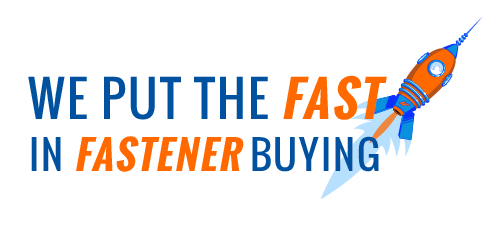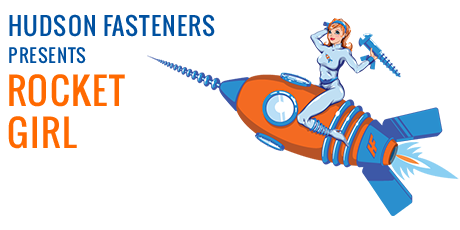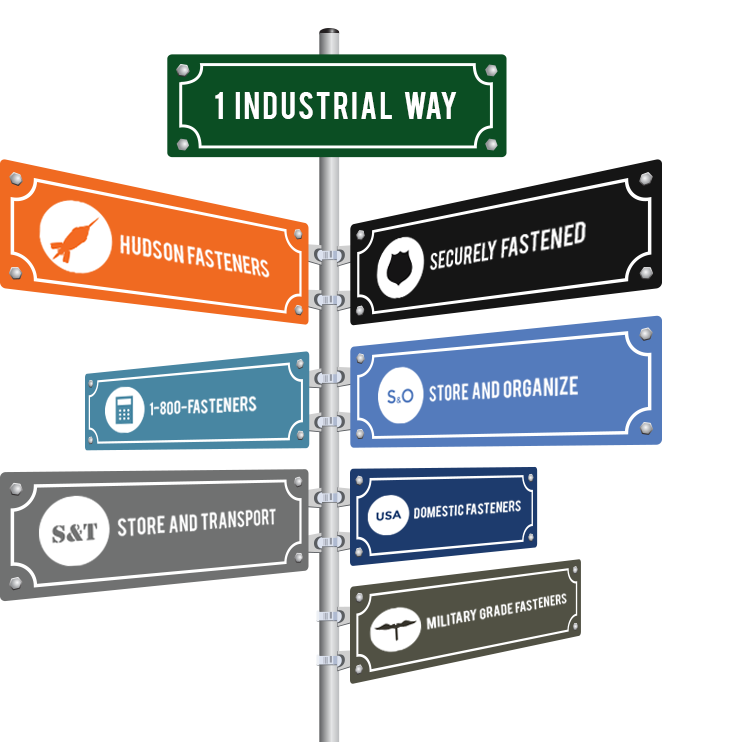 Loading... Please wait...
Loading... Please wait...-
Call Us (877) 427-2739
- Our Story
- Contact Us
- Fastener News Desk
- Nut and BLOG
- My Account
- Items / $0.00
All prices are in All prices are in USD
Categories
- Home
- Nut and BLOG
- fidget spinner
Nut and BLOG - fidget spinner
Fidget Spinners: Benefits in Education and How to Make Your Own
Posted by Hudson Fasteners on 22nd Jun 2017

Recently we had the experience of being in hot pursuit of a fidget spinner with our 12 year godson. We literally went from one end of town to the other in search of famous "The Fidget Spinner". Never having heard of it before, we did some research on the subject and came across some interesting points about this popular item.
It’s smaller than your palm and is often found in offices, on playgrounds, and in gas stations. A quiet device, it can cost as low as a few dollars to a couple hundred. YouTube is flooded with users spinning them on floors, noses, shoes, and in other stunts. Can’t stand them or can’t get enough, there is no denying the popularity of the toy that recently exploded in use, has been banned from schools, and almost everything in between: the fidget spinner.
Developed by Catherine Hettinger in the 1980’s, the device was originally intended to promote peace and calmness in children with autism, ADHD, anxiety, and other conditions. By holding the spinner between the thumb and index finger, users spin the device by flicking the prongs forward or backward. Logan Thompson, a junior at Odyssey Charter School in Palm Bay, Florida says that the spinners serve as an outlet for his ADHD. Without them, "I wouldn't be able to focus for a minute at a time."
This past spring, however, children and adults alike have adopted fidget spinners as toys for the purpose of entertainment. Users are buying them both in-store and online - so much that they hold the top four spots in Amazon’s rankings of most popular toys as of this writing.
Despite the frustration in the toy that has affected many parents and teachers, fidget spinners may help to maintain some levels of physical activity, occupy parts of the brain that may otherwise cause distractions, help thought processes and self-expression, and others. In fact, the fad could very well be part of the maker movement in education , one that inspires cross-disciplinary growth and inventiveness among science, technology, engineering, and the arts.
When students are encouraged to build something that interests them, they participate in experiential learning. Different from traditional learning models such as lectures, discussions in class, and writing research papers, students gain a deeper understanding of what they’re building while piecing together individual parts. As a result of taking part in active learning processes, students may even see an advantage among future employers and a greater ability to connect classroom learning concepts to the world around them.
Get creative and craft your own!







